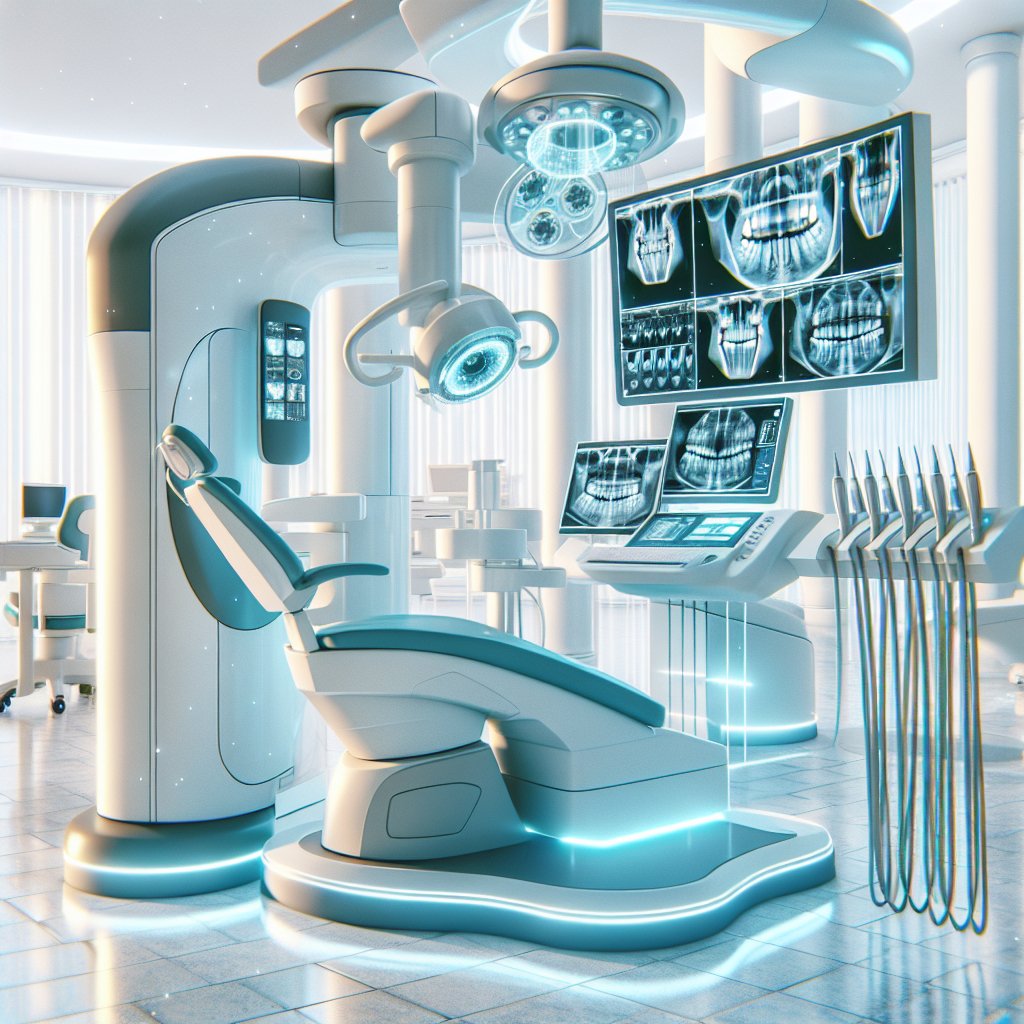How advances in imaging technology are improving dental care is a topic of great significance in the field of dentistry. The evolution of imaging techniques has transformed the way dental professionals diagnose and treat oral health issues. From traditional X-rays to cutting-edge 3D imaging, these advancements not only enhance the accuracy of diagnoses but also improve patient outcomes and experiences. This article will explore the various imaging technologies currently in use, their benefits, and the future of dental imaging.
Traditional Imaging Techniques
Before delving into the latest advancements, it is essential to understand the traditional imaging techniques that have laid the groundwork for modern dental care. The most common traditional method is the use of X-rays, which have been a staple in dentistry for decades.
X-rays
X-rays are a form of electromagnetic radiation that can penetrate soft tissues but are absorbed by denser materials like bone and teeth. This property allows dentists to visualize the internal structures of the mouth, helping them identify issues such as cavities, bone loss, and impacted teeth. There are several types of X-rays used in dentistry:
- Intraoral X-rays: These are taken inside the mouth and provide detailed images of individual teeth and surrounding bone.
- Extraoral X-rays: These are taken outside the mouth and are used to view the jaw and skull, often used for orthodontic assessments.
- Panoramic X-rays: These provide a broad view of the entire mouth, including all teeth, the jaw, and surrounding structures.
While traditional X-rays have been invaluable in dental diagnostics, they do have limitations, such as exposure to radiation and the inability to provide a three-dimensional view of the dental structures.
Advancements in Imaging Technology
With the rapid advancement of technology, the field of dentistry has seen the introduction of several innovative imaging techniques that address the limitations of traditional methods. These advancements not only enhance diagnostic capabilities but also improve patient comfort and safety.
Digital X-rays
Digital X-rays represent a significant leap forward from traditional film-based X-rays. They utilize digital sensors to capture images, which are then displayed on a computer screen almost instantly. The benefits of digital X-rays include:
- Reduced Radiation Exposure: Digital X-rays require significantly less radiation than traditional X-rays, making them safer for patients.
- Immediate Results: Dentists can view images in real-time, allowing for quicker diagnoses and treatment planning.
- Enhanced Image Quality: Digital images can be manipulated for better clarity, contrast, and detail, aiding in more accurate diagnoses.
3D Imaging Techniques
Three-dimensional imaging technologies, such as Cone Beam Computed Tomography (CBCT), have revolutionized dental diagnostics. CBCT provides a comprehensive view of the dental and maxillofacial structures in a single scan. The advantages of 3D imaging include:
- Comprehensive Visualization: CBCT allows dentists to see the precise location of teeth, roots, and surrounding bone, which is crucial for complex procedures like implants and extractions.
- Improved Treatment Planning: With detailed 3D images, dentists can create more accurate treatment plans tailored to the individual needs of each patient.
- Enhanced Patient Communication: 3D images can be easily shared with patients, helping them understand their conditions and treatment options better.
Intraoral Cameras
Intraoral cameras are small, pen-like devices that allow dentists to capture high-resolution images of the inside of a patient’s mouth. These images can be displayed on a monitor, providing a visual aid during consultations. The benefits of intraoral cameras include:
- Enhanced Patient Engagement: Patients can see what the dentist sees, fostering better communication and understanding of their oral health.
- Early Detection of Issues: Intraoral cameras can help identify problems such as cavities, gum disease, and oral lesions at an early stage.
- Documentation: The images captured can be stored in the patient’s records, providing a visual history of their dental health over time.
The Future of Dental Imaging
As technology continues to evolve, the future of dental imaging looks promising. Emerging technologies such as artificial intelligence (AI) and machine learning are beginning to play a role in enhancing imaging capabilities. These advancements may lead to:
AI-Enhanced Diagnostics
AI algorithms can analyze dental images to identify patterns and anomalies that may be missed by the human eye. This technology has the potential to:
- Increase Diagnostic Accuracy: AI can assist dentists in making more accurate diagnoses by highlighting areas of concern in imaging studies.
- Streamline Workflow: Automated analysis can save time for dental professionals, allowing them to focus on patient care.
- Predictive Analytics: AI can analyze historical data to predict potential future dental issues, enabling proactive care.
Integration with Teledentistry
The rise of teledentistry has changed the way dental care is delivered, especially in remote areas. Imaging technology can be integrated into teledentistry platforms, allowing dentists to:
- Conduct Remote Consultations: Patients can send images captured with intraoral cameras or digital X-rays for remote evaluation.
- Enhance Accessibility: Patients in underserved areas can receive expert opinions without the need for travel.
- Monitor Treatment Progress: Dentists can track patients’ progress through shared imaging, ensuring effective treatment.
Conclusion
The advancements in imaging technology have significantly improved dental care, enhancing diagnostic accuracy, patient safety, and overall treatment outcomes. From digital X-rays to 3D imaging and AI integration, these innovations are transforming the dental landscape. As technology continues to evolve, the future of dental imaging promises even greater improvements, ensuring that patients receive the highest quality of care. Embracing these advancements will not only benefit dental professionals but also lead to healthier smiles for patients around the world.




